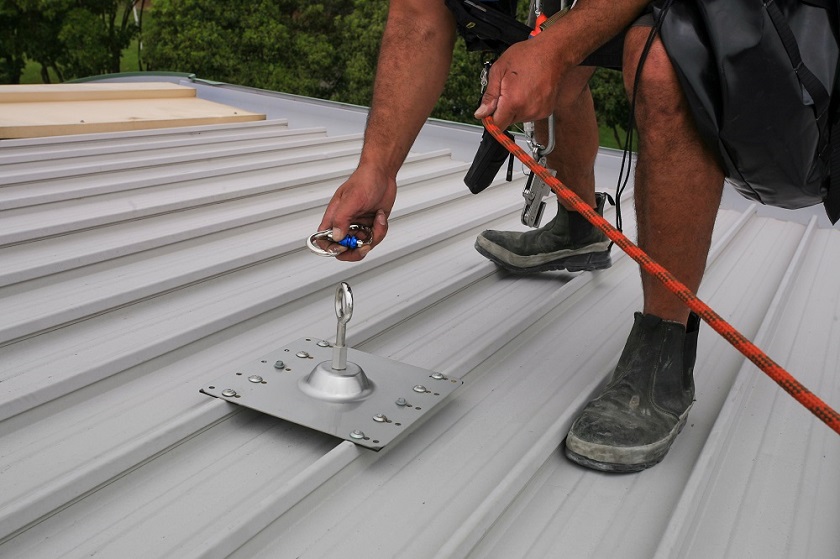Buildings are made to have strong foundations for years as office workspace, workshops, or even homes for generations of family. However, for anything to last for a long time, proper care and maintenance are essential.
Maintenance can often become an expensive matter, but being aware of the kind of building maintenance one requires can lower the effective cost and prolong the beauty and structural integrity. , The safety and resilience of the interior components of a building, play a huge role in how individuals interact with a living space.
How to maintain your building efficiently?
Understanding maintenance is easy once you break down the process into parts and calculate which type of maintenance is required more often than others. This will also allow you to build a plan that will lower maintenance costs in the long run.
1st Part: Conducting Regular Preventive Maintenance
Preventative maintenance should be carried out every 6 to 8 months. It reduces the deterioration rate of building components and helps avoid water damage, insect attack, accidental damages, etc. Moreover, preventative maintenance is cheap as it mainly consists of inspection surveys.
2nd part: Exercising Regular Protective Type of Maintenance
Protective maintenance can be carried out every 12-15 months. This kind of maintenance not only ensures aesthetic review through thorough cleaning but also prevents material damage. Repainting metal surfaces to reduce rusting and damage, reviewing pillars, or replacing chipped or damaged tiles in walkways are examples. In addition, protecting building components against natural elements like water and the oxidizing nature of air is essential to slow down the wear away process.
Replacing small machine parts is a form of protective maintenance that should be practiced in heavy machinery industries. This ensures a safe working environment for workers as it can reduce workplace accidents.
3rd part: Checking and Maintaining Electrical Installments
Electrical installations require checkups every 1 to 5 years. This is mainly due to two reasons, one is time electrical connections and the other being wearing away of electrical wires or other circuit components.
It is important to note that electrical circuits often carry large amounts of electricity, which can be fatal if they contact any individual. So, electrical installations should only be checked by licensed individuals as it requires skill to inspect such systems.
Although most electrical installations come with adequate protective measures, regular inspections and replacement of circuit components prolong the usability of the installation which is more cost-effective in the long run than having to replace the entire installation.
4th Part: Conducting Framework and Structural Building Maintenance
This form of building maintenance can be conducted on a seasonal basis. At home, one should clean out their air conditioners before peak summer months or in industrial placesing hydraulic fluids or greasing machine parts. Replacement of hydraulic fluids or greasing of machine parts prone to friction should be practiced every 3 months or so.
Framework building maintenance ensures the seamless functioning of building components. It is associated with minor repairs which enhance the functionality of the concerned components. This form of maintenance allows fine-tuning, which should be practiced if a component or machine is regularly used for long hours.
Conclusion
Maintenance of material, machinery, electrical installations, and other components is a healthy practice that should be encouraged over regular replacement unless necessary. Not only is building maintenance environment friendly, but it also reduces expenses in the long run as they can prolong the period of usage of components. Therefore, opting for more eco-friendly practices is essential as it reduces pollution and damage to the planet.
Buildings are made to have strong foundations for years as office workspace, workshops, or even homes for generations of family. However, fo...
















